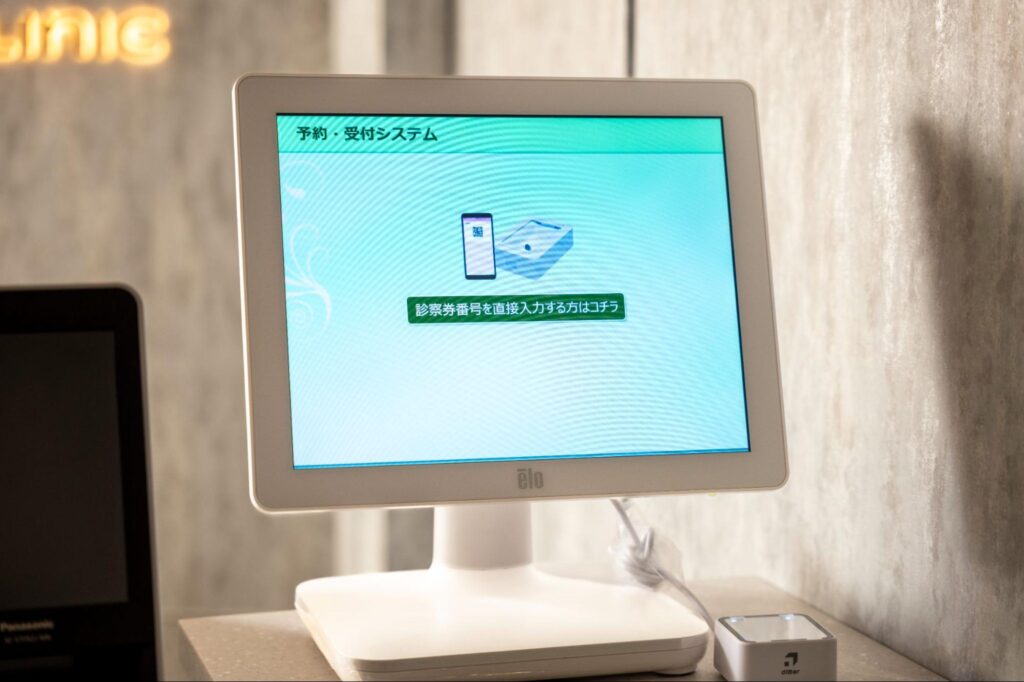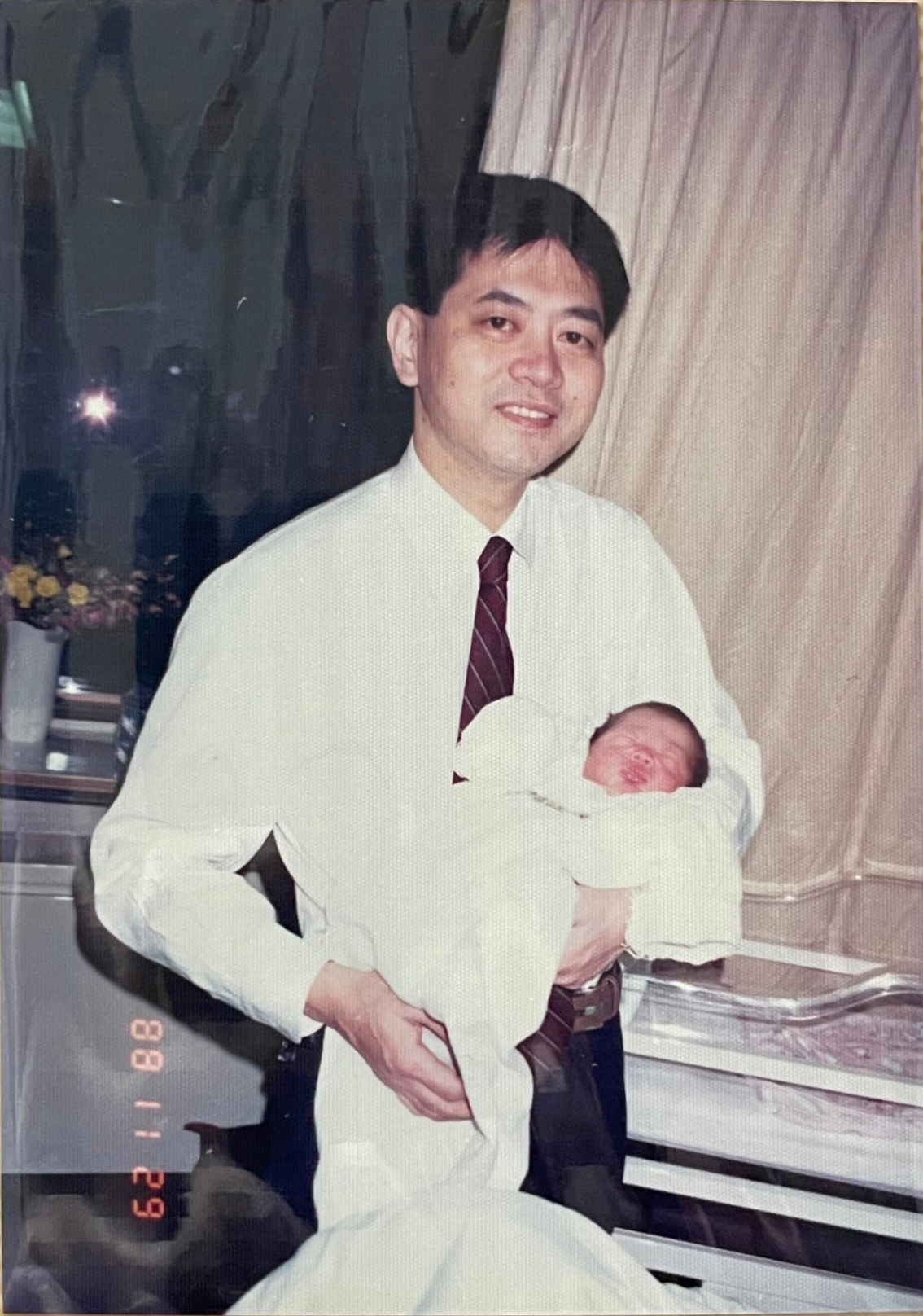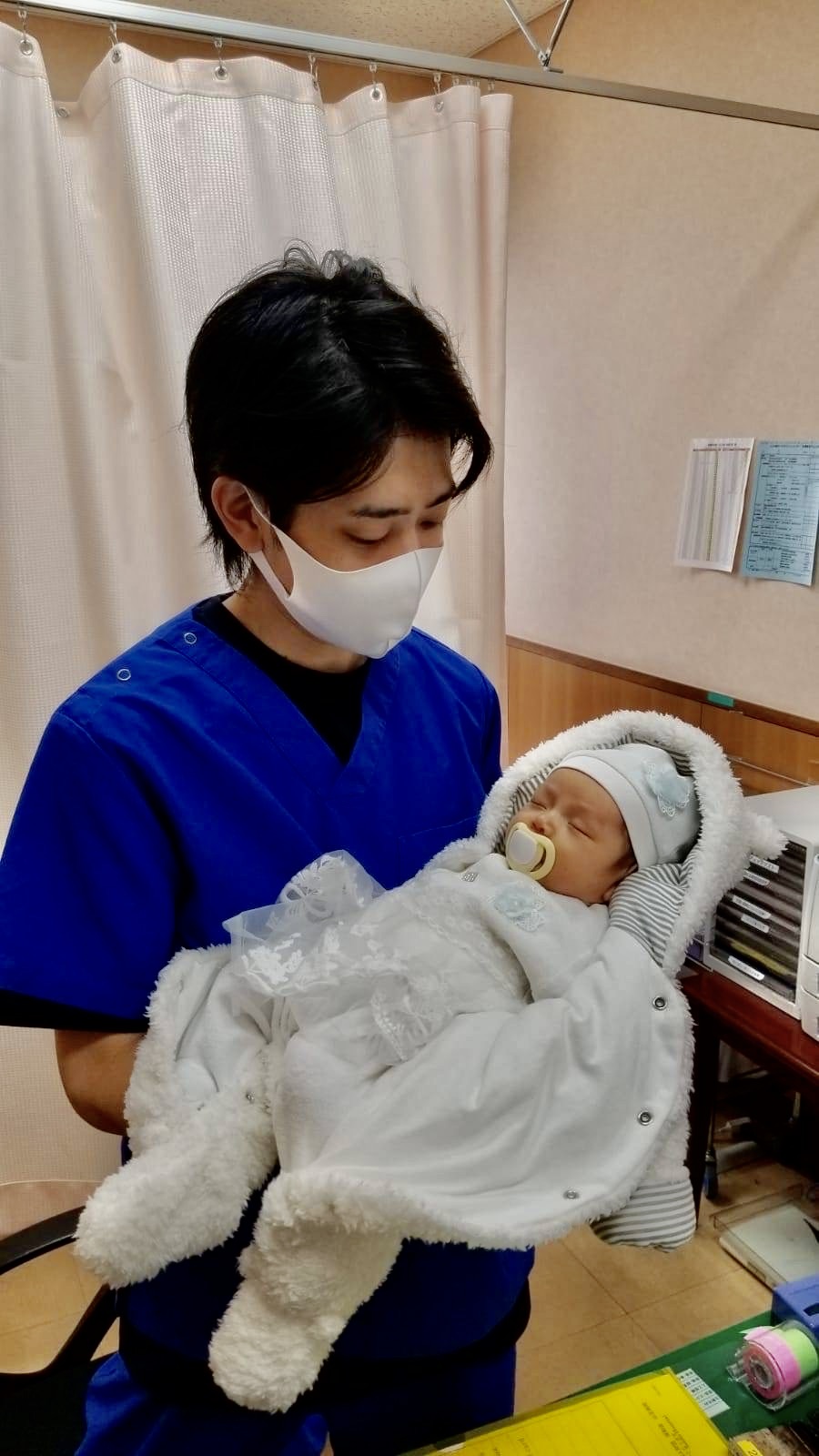A clinic that remains close to its patients
—that is, who we are.
What we mean by “remaining close to” is:
“Our patients and staff communicate with each other,
and proceed with every single step based on the patient’s will.”
This approach continues from the first day of your prenatal check-up
until the day of your discharge.
Congratulations on Your Pregnancy
We are the first obstetrics clinic within the Yamanote Line circle to offer 24-hour epidural delivery, standing close to patients and their families.
Tokyo Birth Clinic was established as an obstetrics clinic dedicated to fulfilling each patient’s wishes. We deeply value the patient’s birth plan, and we will face any anxieties related to pregnancy and childbirth alongside you, ensuring you can welcome the day of delivery with peace of mind while sharing in the joy of your pregnancy. Our goal at Tokyo Birth Clinic is for you to say, “My pregnancy and delivery were a wonderful experience,” upon discharge.
Note: Please use your web browser’s translation function after you proceed.
With us, you can receive comprehensive care and services for childbirth.
Tokyo Birth Clinic is a Maternity Resort where you can receive testing and general infertility treatment for those concerned about infertility, management from conception through delivery, and postpartum care after childbirth.
- Safe and comfortable delivery
- An obstetrics clinic offering natural birth as well as 24-hour epidural delivery
- Accommodates scheduled induction and planned epidural delivery for both first-time and experienced mothers
- Personalized, detailed medical care and service for each patient
- Partner and older children are welcome to attend the birth and stay overnight—supporting a family-welcomed birth
- All inpatient rooms are private, feature natural light, and are equipped with floor heating
- 24-hour visiting is allowed after delivery
- Postpartum dining is produced by an exclusive chef, offering delicious cuisine that soothes both mind and body.
- Abundant postpartum care services, including postpartum esthetic treatments, nail care, beauty salon services, and pelvic correction therapy
Message from the Director
My Commitment to Operating Tokyo Birth Clinic
Hello, I am Soshi Ushimaru, Clinic Director of Tokyo Birth Clinic. I am delighted to open Tokyo Birth Clinic. I will dedicate myself fully, accumulating achievements step by step, to become a clinic beloved by everyone that remains close to its patients. I sincerely hope everyone becomes a fan of Tokyo Birth Clinic. And by “everyone,” I mean not only our patients and their families, but also our staff, our neighbors, the representatives of the Japan Medical Association and local practitioners, the advanced medical institutions in Tokyo that cooperate with us, academic societies, medical equipment manufacturers, companies handling obstetrics and gynecology supplies, and all other business partners associated with our clinic. I dedicate myself to working hard to realize a Tokyo Birth Clinic that is “loved by everyone.”
Director Ushimaru’s Aspirations Since Childhood
Here begins the story of my roots and career. My father ran an obstetrics and gynecology practice in Kyushu for about 60 years. During my father’s generation in Japan, the birth rate was incomparably higher than it is now, and he attended over 50,000 deliveries as a physician. I grew up listening to various episodes from his life as an obstetrician. Furthermore, our family home was located within the building where my father’s clinic operated, and I commuted to school every day by walking through the hospital floor. I am very fortunate to have grown up in a bright atmosphere of childbirth, experiencing the beginning of life up close from an early age. Watching my father’s dedication, the young Sohshi Ushimaru naturally aspired to follow the path of an obstetrician-gynecologist.
Photo of me held by my father the day after birth
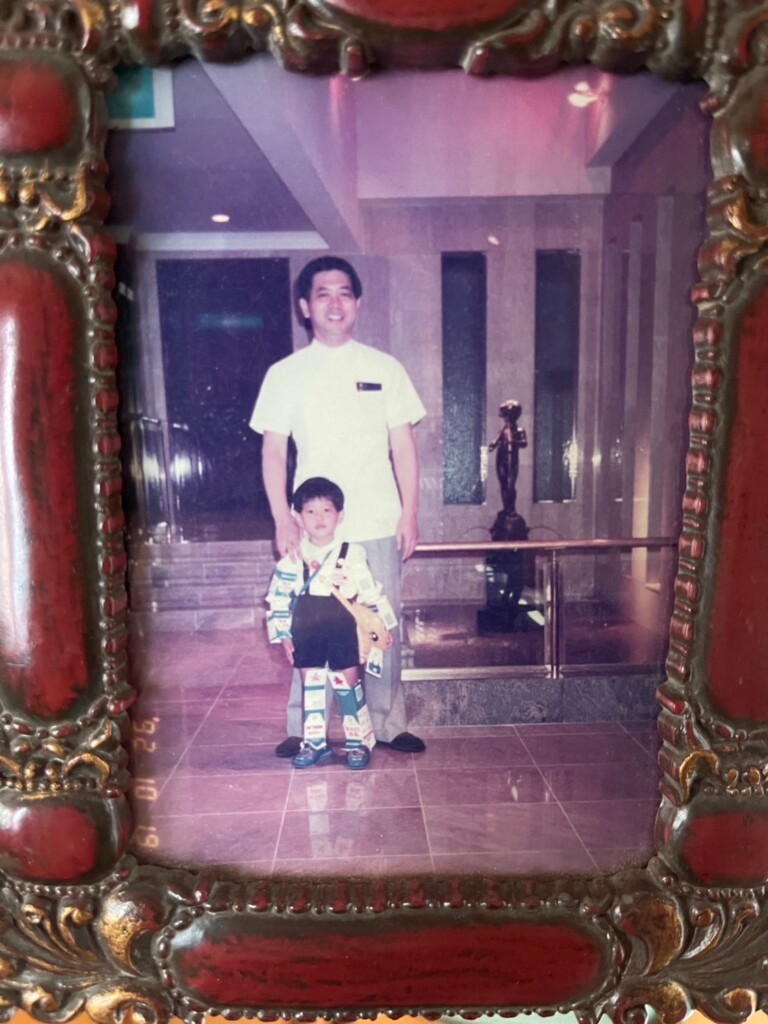 At my father’s clinic
At my father’s clinic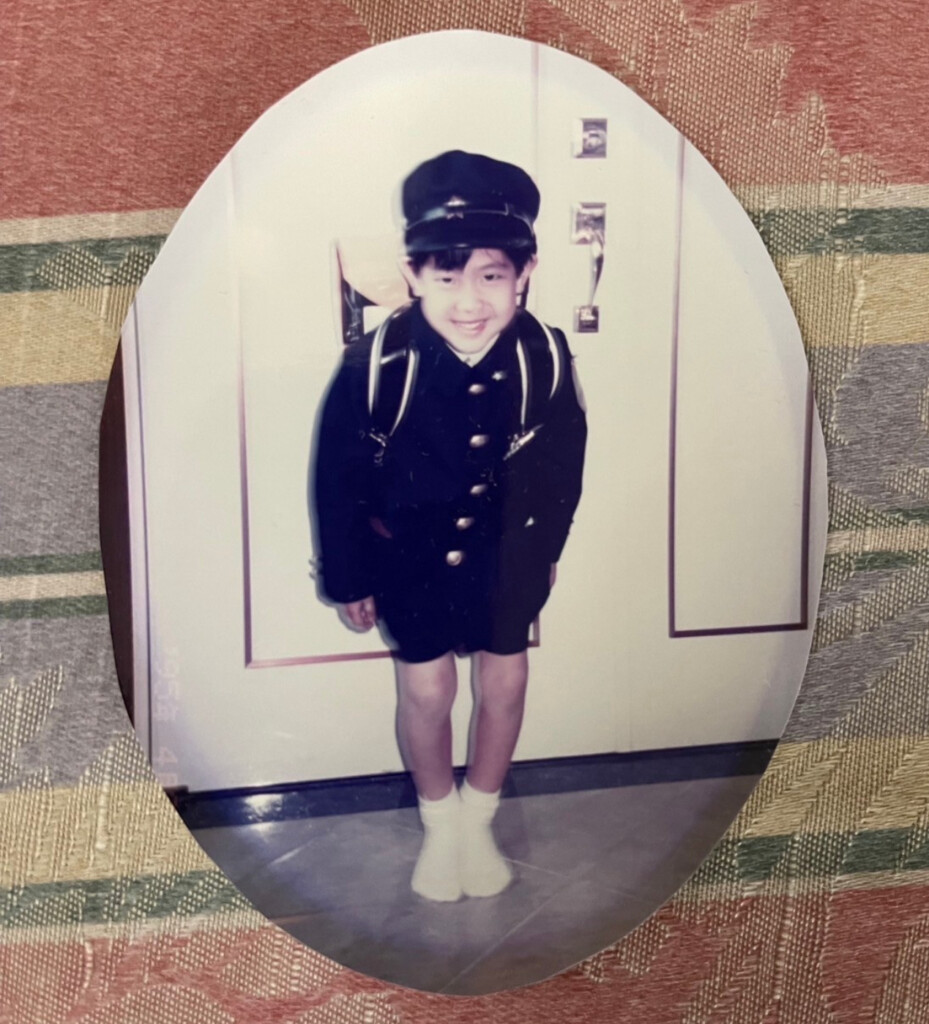 At our home in the clinic
At our home in the clinic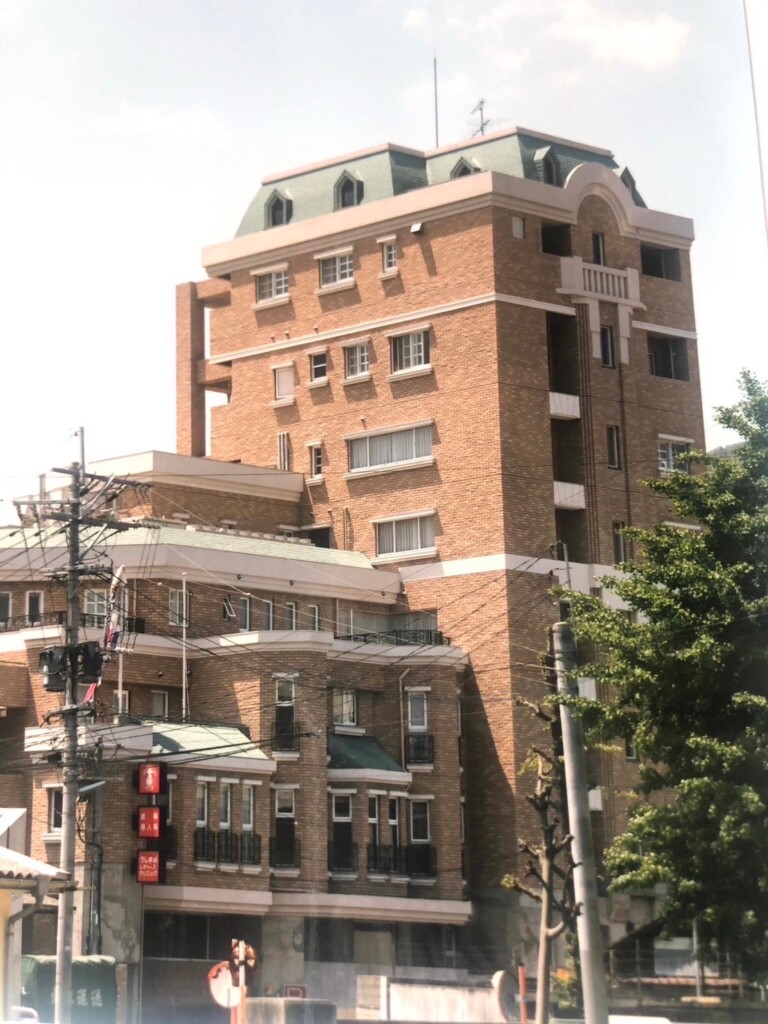 The original “Ushimaru Ladies Clinic”.
The original “Ushimaru Ladies Clinic”.
(In order) Photo taken when I returned home from kindergarten to my father’s clinic / Photo of my first day of elementary school in front of our home’s entrance inside the clinic / Photo of my father’s obstetrics and gynecology clinic at the time, “Ushimaru Ladies Clinic”
That said, when I was a medical student, obstetrics and gynecology was one of my least favorite subjects. I was more interested in cardiology, which specializes in the heart, and nephrology, which specializes in the mechanisms of blood purification and blood pressure regulation. At the time, while it was not uncommon for patients and physicians to clash in lawsuits in the US, it was rare for physicians to be sued by patients in Japan. However, the term “medical malpractice lawsuit” began to be heard even in Japan. My parents opposed my becoming an obstetrician, saying, “Obstetrics means being woken up late at night, and it’s difficult. Why not choose a field with fewer emergency cases? Obstetrics is also a field with a relatively higher number of lawsuits compared to others.” During the later years of the six-year medical program, hospital rotations begin. Since only female students were allowed to observe births during the obstetrics and gynecology rotation at my university, I graduated and became a resident without knowing what childbirth truly entailed. Despite these circumstances, it was the childhood I described earlier that ultimately led me to obstetrics and gynecology.
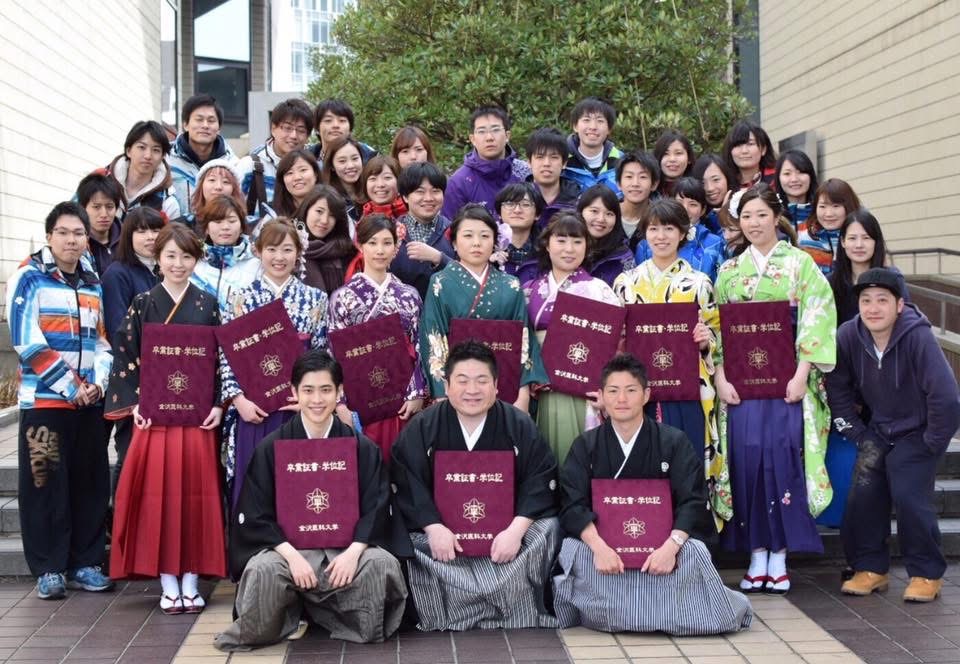
Preparation for Opening Tokyo Birth Clinic Begins
Since I planned to open my own practice in Tokyo, I began my residency there rather than returning to Kyushu. On the first day of my residency, I was assigned to the obstetrics and gynecology department as an inexperienced doctor with no idea of the reality of the medical field. On the first morning, when I arrived at the maternity ward, a midwife handed me a large stack of blood collection tubes for the admitted patients. I had never drawn blood from a person, so I asked her to show me how it was done once, but the midwife must have mistaken my request for a lighthearted joke. She smiled and walked away, saying, “Oh, come on!” I still remember that day as if it were yesterday, sweating nervously as I went around the patient rooms collecting blood. That was the start of my life as a physician.
Photo with the son of the patient I attended as a physician from prenatal check-up through delivery
Having completed my two-year residency, I started specialized work in obstetrics and gynecology at Sanno Hospital in Akasaka, Tokyo. When I joined, Dr. Osamu Tsutsumi served as the hospital director. Everyone recognized Dr. Tsutsumi as a legend in his academic field and a highly distinguished figure. He was the former physician-in-waiting to the Imperial Household Agency, notably serving as the primary physician to Empress Masako during her pregnancy with Princess Aiko, the Emperor’s daughter. Dr. Tsutsumi possessed an absolutely fantastic character, and while I will never meet anyone like him again, he was a director who felt almost too brilliant for me. It was a great honor to receive direct guidance from such a director for several years. At Sanno Hospital, I primarily worked in infertility treatment, including IVF, and in obstetrics, specializing in pregnancy management and delivery. It was during this time that I learned the saying, “Childbirth is a drama without a script,” and I believe I built the foundation of an obstetrician who truly stands close to the patient.
Around this time, I needed to begin concrete preparations to open my own practice in Tokyo. Becoming a clinic director means making all decisions alone —a fundamentally different reality from working in a university hospital. In a university hospital, if you encounter a case beyond your current skill level, you can consult with senior physicians, receiving guidance and advice while practicing in a somewhat protected environment. However, when opening your own practice, your experience and abilities are all you have to help you in a crisis. To become an obstetrician who could handle any situation, I decided to work in the MFICU (Maternal-Fetal Intensive Care Unit) at Saitama Medical University General Medical Center, a hospital known for admitting many severely ill patients, frequently accepting emergency maternal transfers, and resuscitating patients transferred from other hospitals. This hospital is one of the institutions rumored in the medical community to be the busiest obstetrics department in Japan, where one month’s experience is equivalent to a year’s experience elsewhere. The educational system was also thorough: morning conferences were held in a large auditorium where junior doctors presented cases in a style mimicking academic society meetings, often receiving critique from senior physicians afterward. While most typical hospitals have only one obstetrician on call, and even university hospitals usually have only two or three, the MFICU at Saitama Medical University General Medical Center requires five obstetricians on call every day. This was because, in addition to managing their own severe inpatients, they accepted emergency patient transfers 24 hours a day from other hospitals. During my time on call, it was literally common to have shifts where I could not lie down for even a second, and the day after being on call was not a day off but a continuation of regular duty late into the evening.
Many patients who were near cardiac arrest due to massive hemorrhage after delivery, or those with rare diseases, were transported by ambulance for maternal resuscitation and transfer. What became critically important in such cases was, in fact, the patient’s overall systemic management. Saitama Medical University General Medical Center has many anesthesiologists specializing in obstetric anesthesia who can provide appropriate systemic management even in such demanding situations. Professor Katsuki Terui, who was the chief of the anesthesiology department and Chairman of the Japan Society of Obstetric Anesthesia and Perinatology, is an authority on obstetric anesthesia in Japan with a truly superb character. The presence of obstetric anesthesia at Saitama Medical University General Medical Center was palpable. One day, while treating a patient who had rushed in for postpartum hemorrhage with a senior obstetrician, the senior physician looked at the anesthesiologist managing the patient’s vital signs and said, “We obstetricians can treat the uterus, but we struggle with systemic management. We would be helpless without the anesthesiologist.” This statement profoundly impacted me and became the impetus for my following career path.
The Era of Anesthesiology at the University of Tokyo: Training as an Anesthesiologist
I realized that to open my own practice, I needed to be able to manage a patient’s entire system myself in case of an emergency. Childbirth is generally considered safe, but we obstetricians know that it can be frightening. Pregnant women accumulate twice the normal amount of blood for themselves and their baby, leading to increased blood loss during delivery. Modern medicine offers blood transfusions, but in the Edo period, for example, it is said that one out of every ten women lost their lives during childbirth—it was truly a life-or-death situation. As I mentioned regarding my experience in Saitama, it remains a high-risk situation to this day.
What image do you have of an anesthesiologist’s job? Their work is not just limited to putting patients to sleep in the operating room. Beyond inducing sleep, anesthesiologists are also experts in pain management, resuscitating patients in life-threatening situations, and managing the patient’s entire system. Therefore, physicians working in the ICU (Intensive Care Unit), where patients requiring systemic management are admitted, are usually anesthesiologists. As experts in pain, anesthesiologists are also experts in painless delivery (epidural delivery). I first joined the anesthesiology department at the University of Tokyo to learn systemic management. When I openly stated my desire to return to obstetrics after my time in anesthesiology during the interview, my application was initially refused. However, I am incredibly grateful to the professors at the University of Tokyo at the time who, upon seeing my passion stemming from my experience in Saitama, decided to move forward, saying, “We must accept people like you in the future.” I began working in anesthesiology not as an obstetrician but as an anesthesiologist. I handled a wide range of cases, including obstetric surgeries, robotic surgery, cardiac surgery, pediatric anesthesia, and anesthesia for congenital heart disease. A unique experience specific to the University of Tokyo was the use of anesthesia for organ transplants. I was assigned to perform anesthesia for heart, lung, liver, and kidney transplants once a week, and sometimes twice a week. Naturally, I also worked in the ICU and in obstetric anesthesia outside of the operating room, and I received support from many outstanding physicians.
Vision for the Future
Thus, I have lived my life with the conviction that “Life is only once. Life must be lived seriously.” As a specialist in obstetrics and gynecology and in pain and systemic management, I am thrilled and feel a renewed sense of commitment to open Tokyo Birth Clinic, which offers 24-hour epidural delivery. Although I am still inexperienced, I am determined to continue striving every day, accumulating achievements step by step, to become a clinic that everyone loves. I sincerely request your continued support for Tokyo Birth Clinic.
May 7, 2025
Soshi Ushimaru, Clinic Director
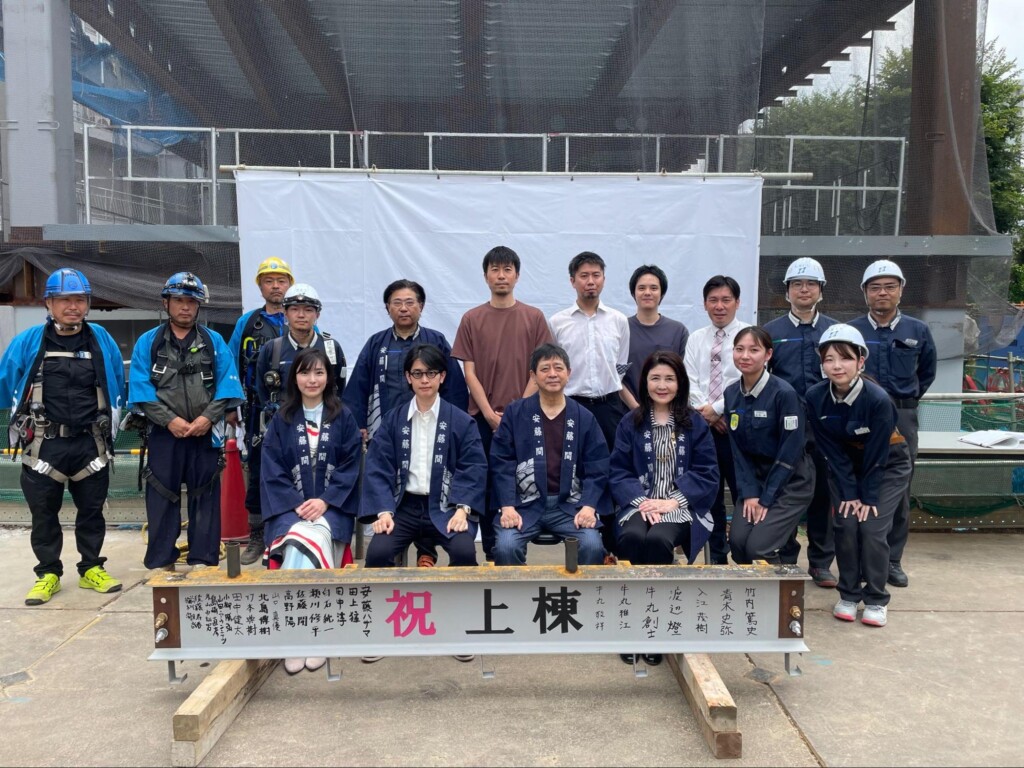
Booking an Appointment
Outpatient consultations at our clinic are by appointment. For smoother guidance, please make a reservation in advance using the online reservation form. Even without a reservation, you may receive a consultation on the day. Please feel free to inquire.
TEL:03-6450-3850